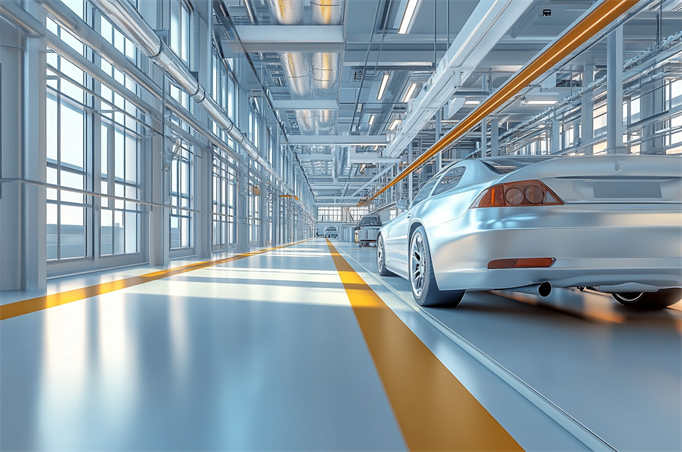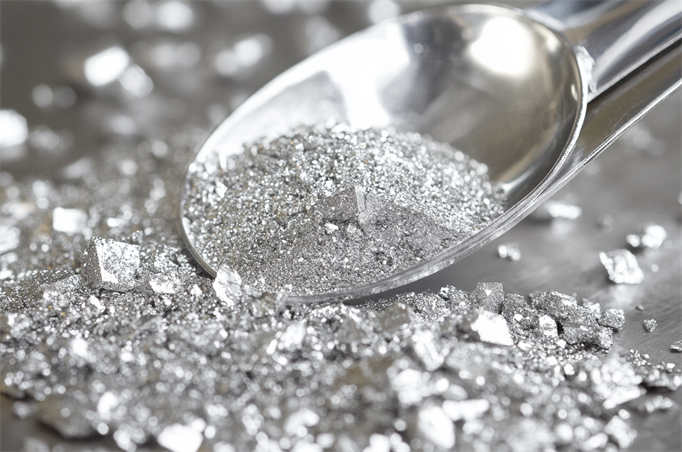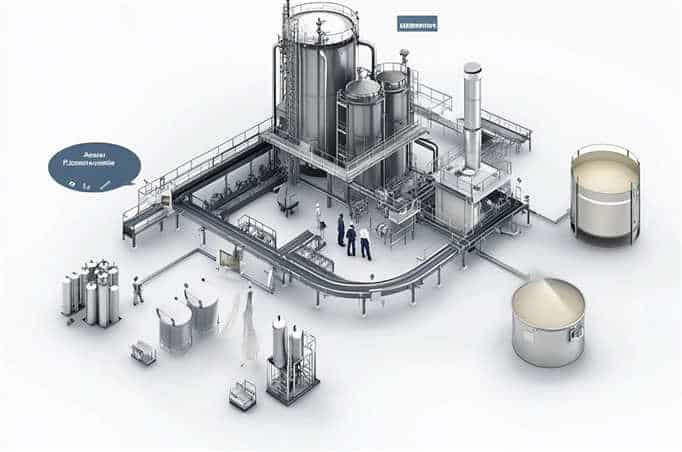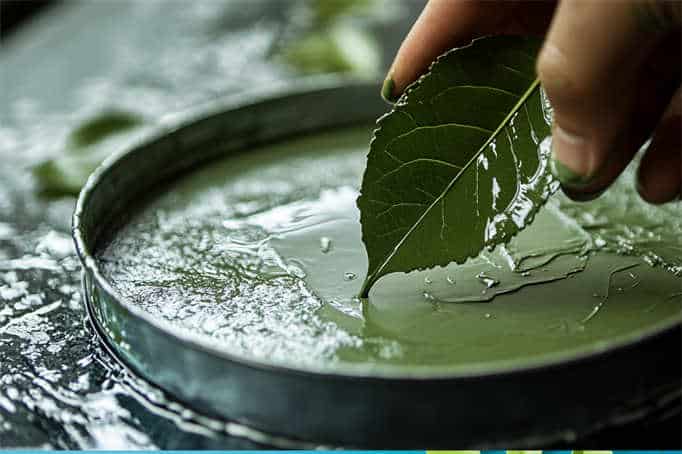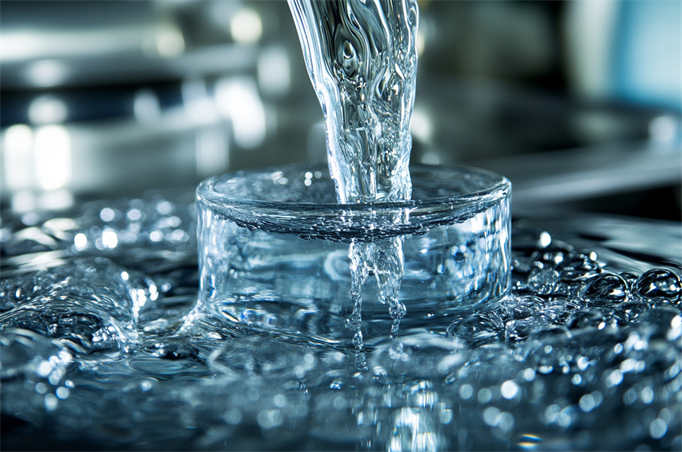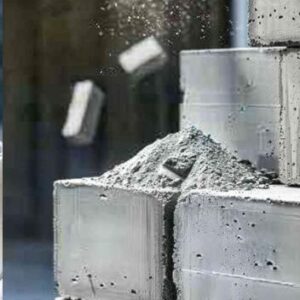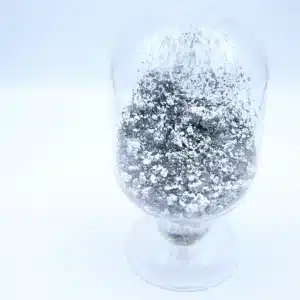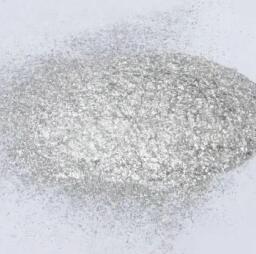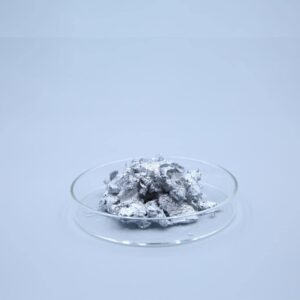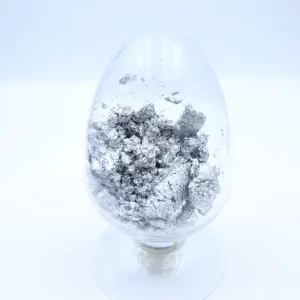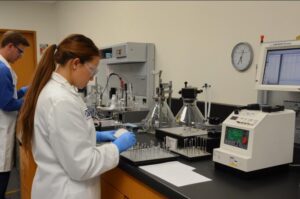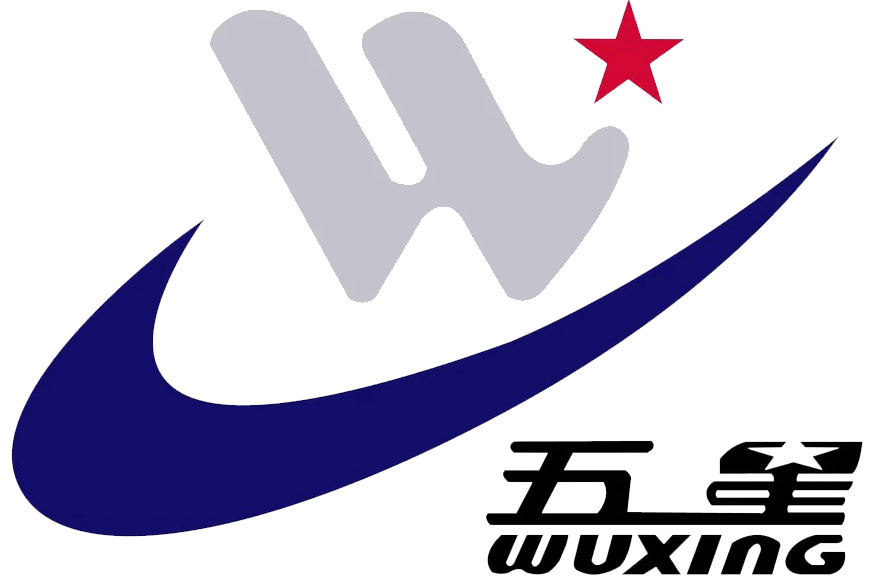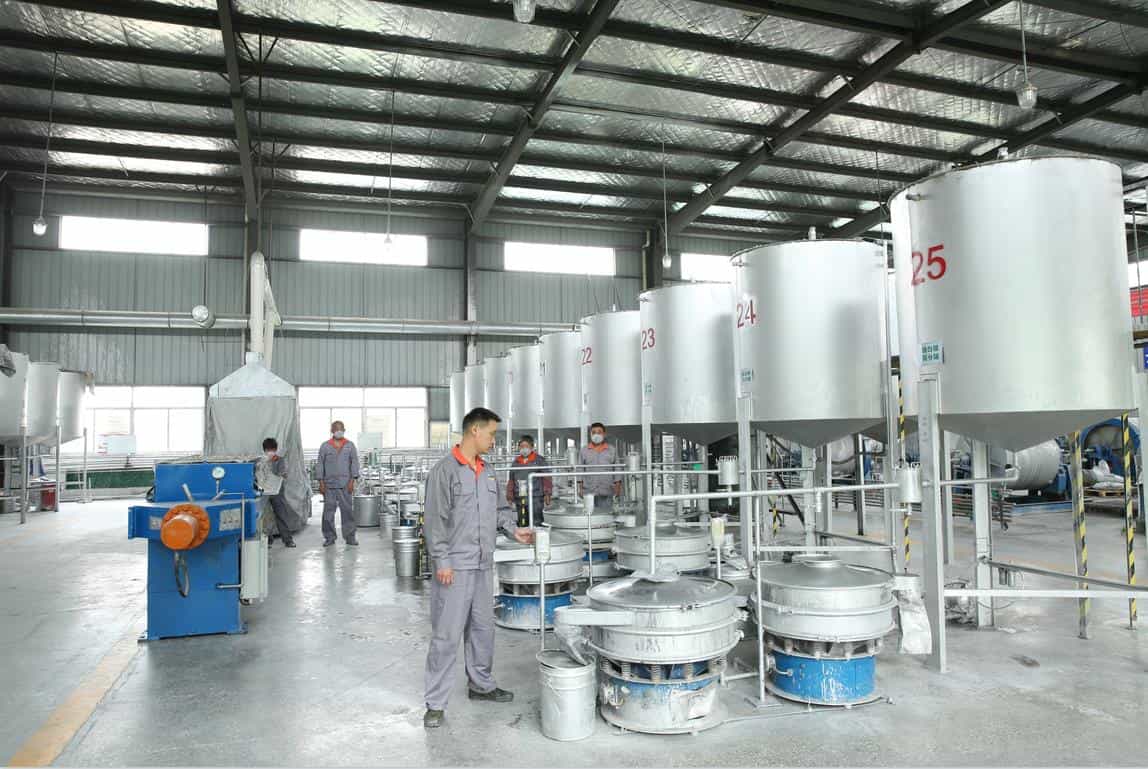With the growing awareness of environmental protection and technological advancements, new coatings are increasingly favored in the market due to their low pollution and energy-saving characteristics. Among these innovative coatings, aluminum paste has become an indispensable product due to its unique metallic luster and outstanding performance. Aluminum paste, consisting of fine aluminum particles dispersed in organic solutions or water-based media, plays a crucial role in the paint and coatings industry and in sectors like solar cells, plastics, inks, and cosmetics. This article delves into the types of aluminum paste, production processes, applications, and aging resistance in modern coatings. Let’s unveil the mysteries of aluminum paste and explore how this material transforms industries and everyday life.
Aluminum Paste
Aluminum paste is a fine aluminum particle dispersed in organic solutions or water-based media, widely used across various industries. Here are some basic details and applications of aluminum paste:
Types of Aluminum Paste:
- Non-floating Aluminum Paste: Unlike floating aluminum paste, non-floating aluminum paste ensures even distribution of particles in paint or coatings, guaranteeing that the color effects of pigments or other coloring materials are evident on the surface.
- Design-grade Aluminum Paste: This type of aluminum paste is produced with high-quality techniques, creating unprecedented surface appearances and visual impact, with enhanced control over particle specifications and higher surface gloss.
- Resin Coated Aluminum Paste: This type boasts enhanced resistance to acid, alkali, aging, and voltage, as well as improved adhesion when added to coatings.
Production Process of Aluminum Paste:
- Powder Production: The production of aluminum paste begins with aluminum powder, which can be produced through atomization, mechanical grinding, or chemical processes.
- Milling: Aluminum powder is milled to reduce particle size to the required specifications, typically using ball mills or grinders.
- Surface Treatment: This is a critical step in enhancing aluminum powder’s reflectivity, often involving adding organic or inorganic materials to adjust its performance.
- Dispersion: The treated aluminum powder is dispersed in an appropriate solvent to form a paste. The choice of solvent depends on the intended application of the aluminum paste.
- Additives: Various additives like rheology modifiers, tackifiers, adhesion promoters, and preservatives can be included to achieve specific properties in the final paste.
- Emballage: After production, aluminum paste is packaged in suitable containers for storage and transportation.
Applications of Aluminum Paste:
- Paints and Coatings: Aluminum paste is commonly used in the paint and coatings industry to impart a metallic finish and enhance the aesthetic appeal of coatings.
- Solar Cells: In the renewable energy sector, aluminum paste plays a vital role in producing solar cells, and its reflective properties help improve Efficiency.
- Plastiques : Aluminum paste is also utilized in the plastics industry to provide a metallic appearance and improve thermal conductivity.
- Inks: In the printing industry, aluminum paste is used in certain types of inks to achieve a metallic finish.
- Produits de beauté: In the personal care sector, aluminum paste is found in products like nail polish and eyeshadow, providing a shiny metallic look.
Safety considerations such as proper respiratory protection should be taken into account when using aluminum paste, as it contains aluminum flakes and media substances.
Advantages of Using Aluminum Paste in Paints and Coatings:
The use of aluminum paste in paints and coatings offers several benefits, including:
- Metallic Texture: Aluminum paste provides a unique metallic texture, making coatings visually appealing, especially in automotive and high-end consumer products.
- Résistance à la corrosion: Aluminum paste enhances the corrosion resistance of coatings, effectively protecting the surface from environmental damage and extending the lifespan of the coating, which is crucial for outdoor structures and automotive finishes.
- Aging Resistance: Incorporating aluminum paste improves the aging resistance of coatings, helping them maintain their properties under extreme weather conditions, suitable for exterior building walls.
- Increased Coating Strength: Aluminum paste supports enhanced fracture toughness of coatings, making them more wear-resistant and scratch-resistant, suitable for industrial and transportation applications.
- Decorative Finish: Aluminum paste is primarily used for decorative finishes, including matte and glossy surfaces, catering to diverse market and consumer demands.
- Eco-friendliness: Many modern aluminum paste formulations prioritize environmental sustainability, using water-based or low-volatile organic compound (VOC) formulas to minimize ecological impact.
- Polyvalence: Aluminum paste is applicable not only in automotive and industrial coatings but also across various sectors like plastics and inks, showcasing its multifunctionality and adaptability.
These advantages make aluminum paste an essential material in the coatings industry, widely used in various painting applications.
Applications of Aluminum Paste in New Coatings:
The use of aluminum paste in new coatings is mainly reflected in the following areas:
- Electrostatic Powder Coatings: Electrostatic powders are a new type of coating with 100% solid content and zero VOCs, successfully replacing many traditional industrial coating solutions. Aluminum paste, as a component of electrostatic powder, is widely used in various sectors, including architectural aluminum profiles, HVAC equipment, heavy-duty corrosion resistance (such as oil pipelines and fire-fighting equipment), home appliances, and automobiles.
- Architectural Aluminum Profiles: In the construction sector, aluminum profiles represent a crucial area for electrostatic powder application, accounting for over 80%. In these applications, aluminum paste provides excellent aging resistance and decorative appeal while meeting environmental requirements.
- Fluorocarbon Powder Coatings: Fluorocarbon powder coatings are renowned for their superior aging resistance, ensuring over 20 years of durability for aluminum profiles, making them an ideal choice for ultra-weather-resistant eco-friendly coatings.
- Thermal Transfer Electrostatic Powder: Using thermal transfer Technology, the aluminum paste can transform metals into “wood” or “stainless steel” appearances, successfully applied to aluminum profiles, anti-pry doors, and furniture, making “transfer powder” an essential support for electrostatic powder.
- Wood Grain Transfer Electrostatic Powder: This powder type mimics natural wood grain and colors and is widely used in various products, providing eco-friendly and cost-effective decorative solutions. The coatings find applications in construction materials (like aluminum profiles, doors, and windows), furniture, appliances, anti-pry doors, and all-aluminum furniture.
- Water-based Aluminum Silver Paste: Water-based aluminum silver paste is widely used in the industrial coatings sector, including plastic coatings, wheel coatings, metal coatings, glass coatings, wood coatings, automotive coatings, anti-corrosion coatings, printing pastes, and offset printing. Its eco-friendly properties make it particularly valuable in industries with stringent environmental requirements.
In general, aluminum paste is widely used in new coatings and is an ideal choice in many fields due to its eco-friendly characteristics.
How to Enhance Aging Resistance of Aluminum Paste in Electrostatic Powder Coatings:
The aging resistance of aluminum paste in electrostatic powders is primarily achieved through the following methods:
- Sélection de pigments : To ensure the aging resistance of electrostatic powders, pigments with light resistance rated at 7-8 (with eight being the best) and aging resistance rated at 4-5 (with five being the best) should be selected. This is because the inherent light and aging resistance of pigments directly affect the overall aging resistance of the coating.
- Use of Organic Pigments: While organic pigments may not be as vivid as inorganic ones, they often exhibit better light and weather resistance. Thus, using organic pigments can enhance the aging resistance of electrostatic powders, especially for products exposed to outdoor conditions.
- Filler Selection: Fillers in electrostatic powders enhance coating strength, rigidity, and scratch resistance, contributing to improved storage stability and performance. Barium sulfate is commonly used as a filler in aluminum profile electrostatic powders, ensuring their aging resistance.
- Additive Utilization: Additives can further enhance the aging resistance of electrostatic powders. For instance, some additives improve the coating’s light and weather resistance, reducing aging and fading caused by UV exposure.
- Resin System Selection: Different types of electrostatic powders, such as TGIC curing systems, hydroxyl-acylamide curing systems, and acrylic electrostatic powders, can meet the weather resistance requirements of architectural aluminum profiles. Acrylic resins are widely used in low-temperature curing layers due to their high activity and excellent aging resistance, achieving better coating characteristics at lower environmental conditions.
- Curing Conditions: Some electrostatic powders can cure at lower temperatures, such as 140°C for 15 minutes or 130°C for 25 minutes. These curing conditions help maintain the aging resistance of the coating while saving energy.
By implementing these strategies, using aluminum paste in electrostatic powders can effectively improve the aging resistance of coatings, making them more suitable for outdoor environments where they are exposed to sunlight for extended periods.
Aluminum paste is a versatile coating additive with an increasingly important role in modern coatings. Its characteristics, including metallic luster, corrosion resistance, aging resistance, and enhanced coating strength, make it an indispensable material in the coatings industry. The applications of aluminum paste in new coatings meet modern consumers’ demands for aesthetics and features and respond to environmental concerns. With ongoing technological advancements and stricter environmental regulations, the prospects for aluminum paste are even broader. Matériaux cinq étoiles have every reason to believe that aluminum paste will continue to deliver unique value in the coatings industry, contributing to the creation of more refined, durable, and eco-friendly products. Let us look forward to the innovations and breakthroughs that aluminum paste will bring to future coating technologies.

